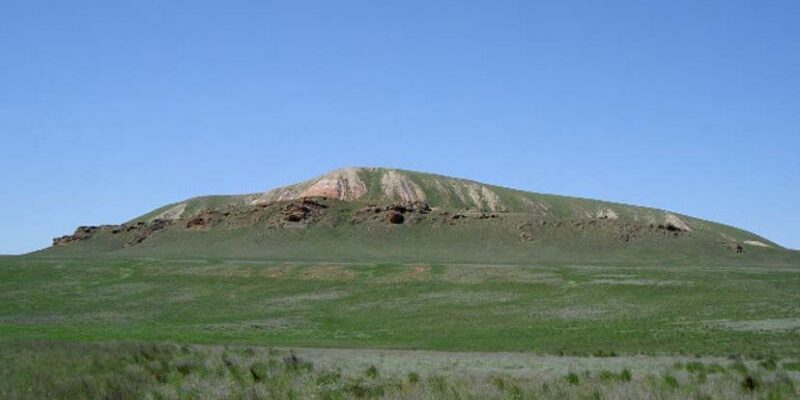Bogdinsko-Baskunchak Reserve
Bogdinsko-Baskunchaksky Reserve is a natural area 50 km east of the Akhtuba River, created to preserve intact semi-desert areas of the Astrakhan Oblast. The reserve is located in the Akhtubinsky District and is designated a UNESCO World Heritage Site.
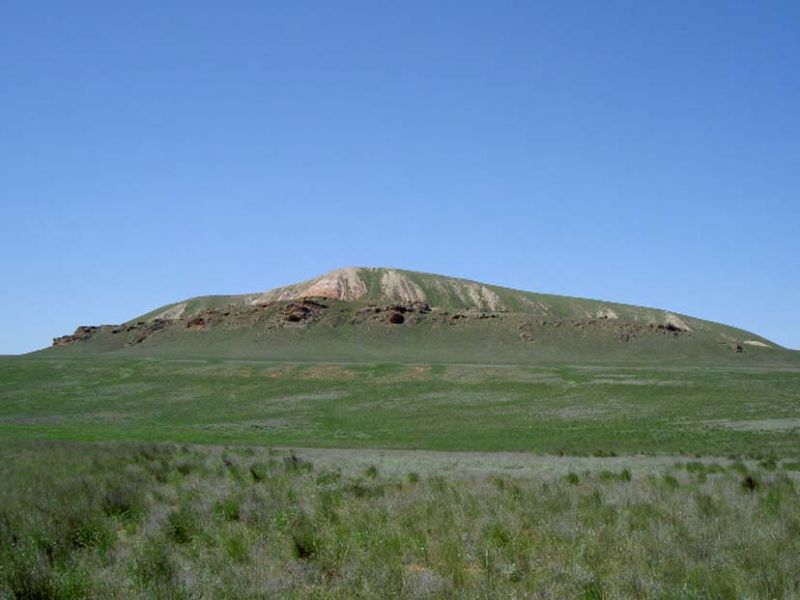
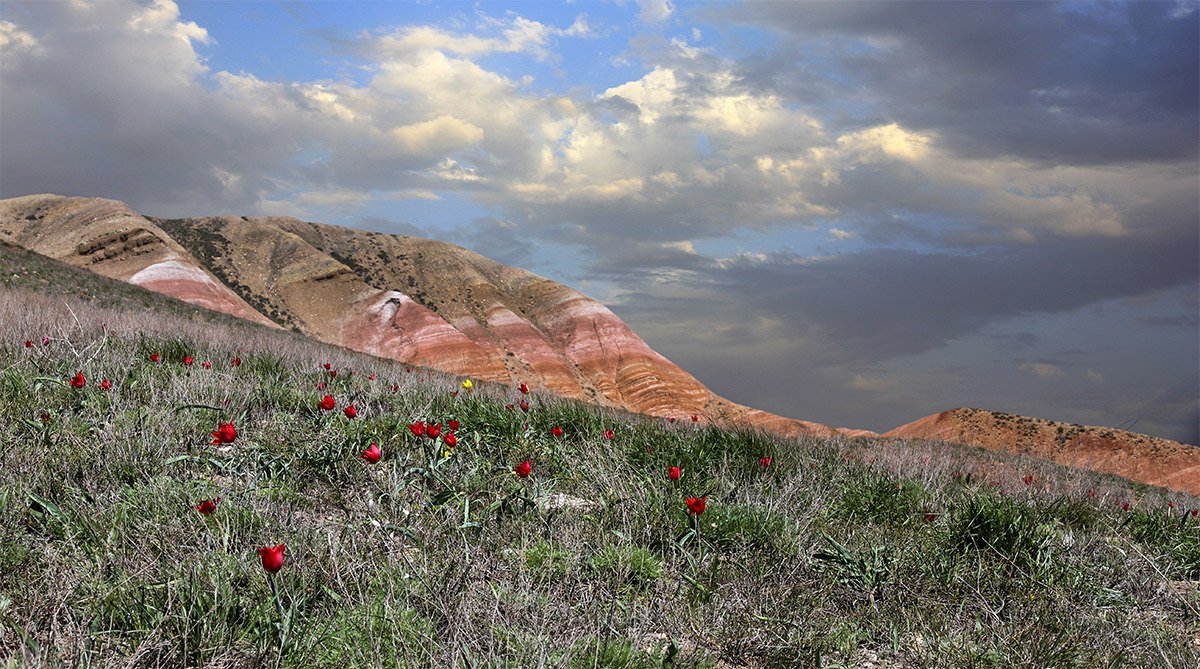
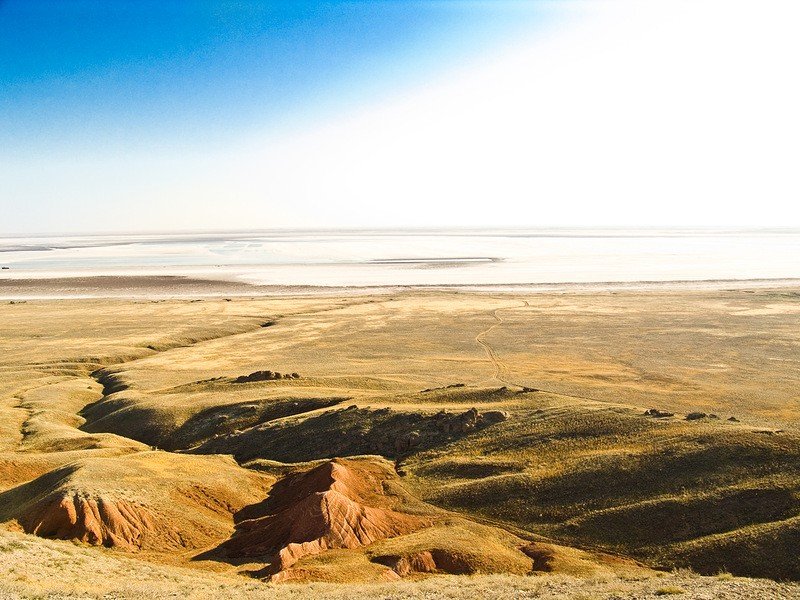
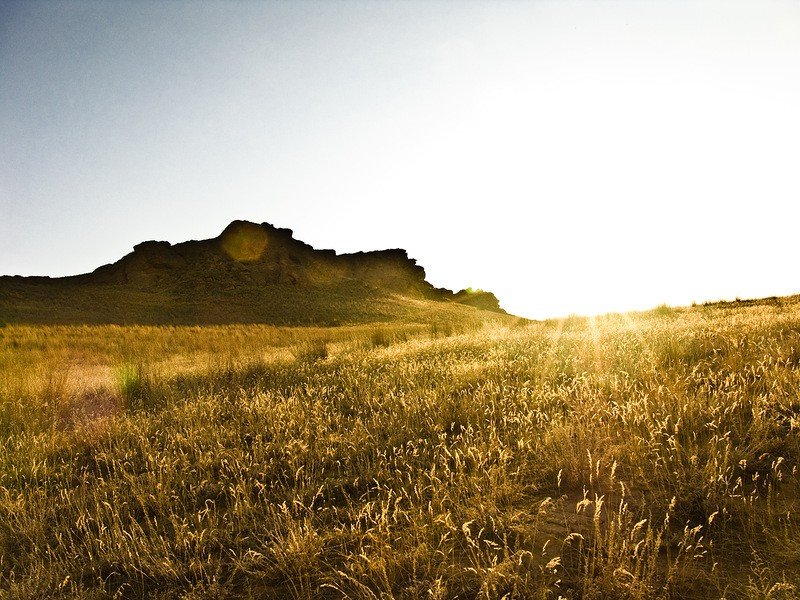
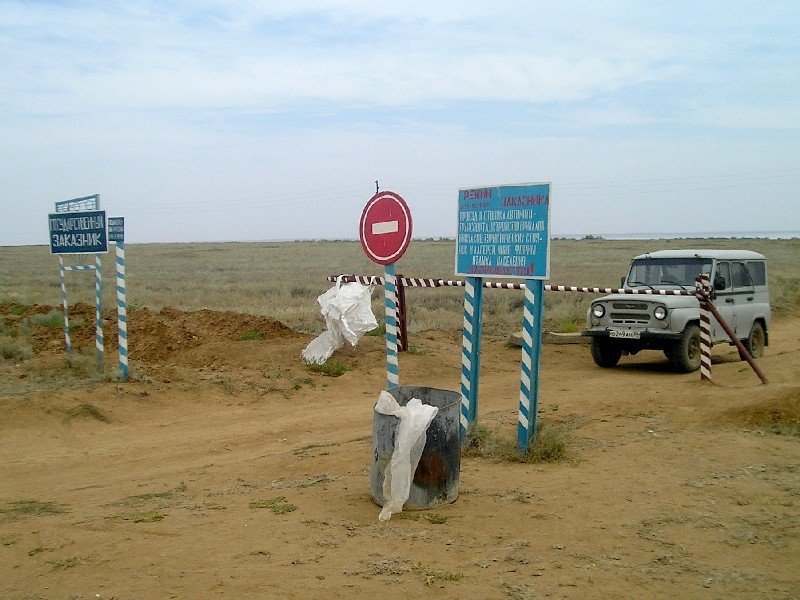
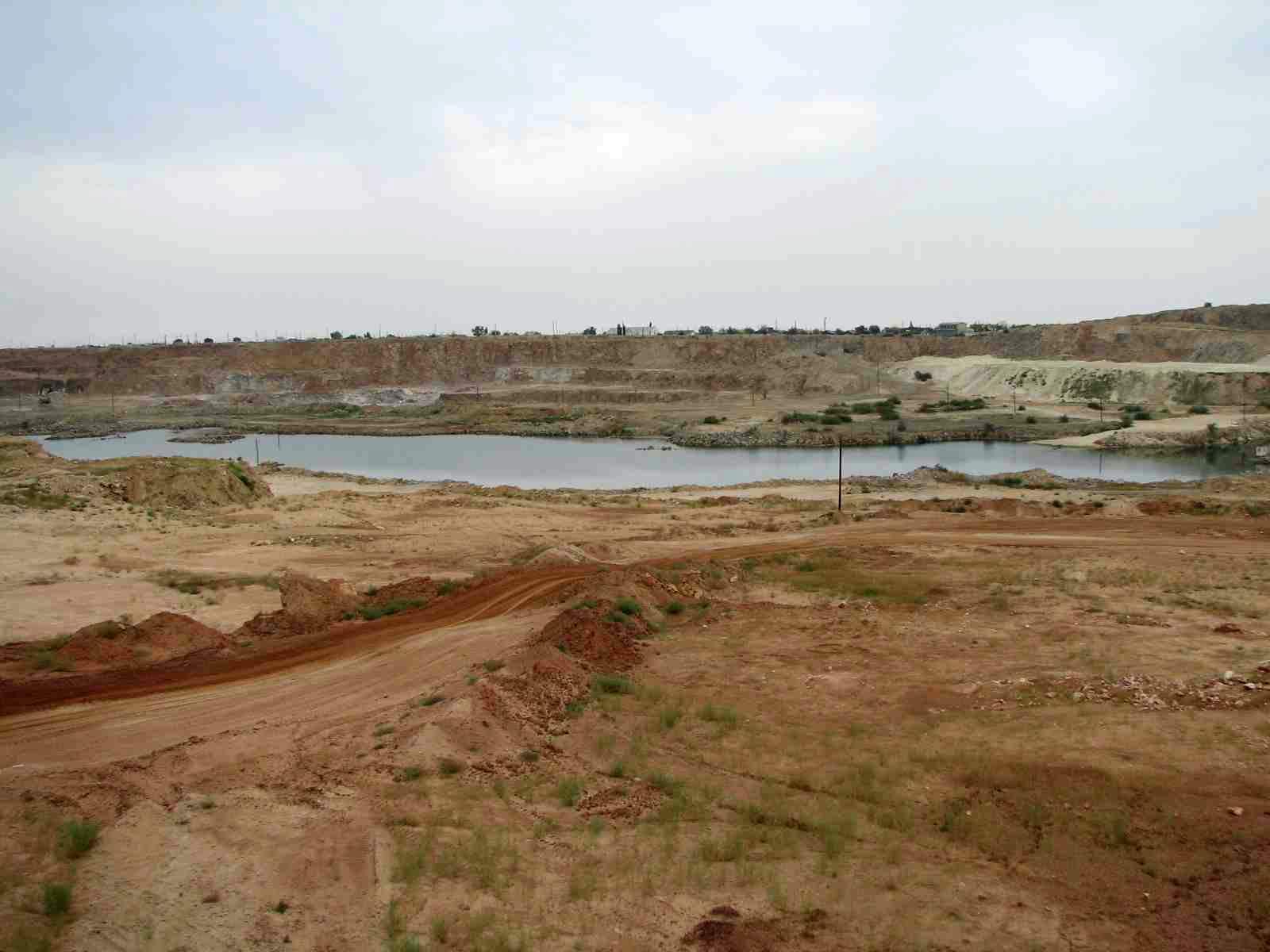
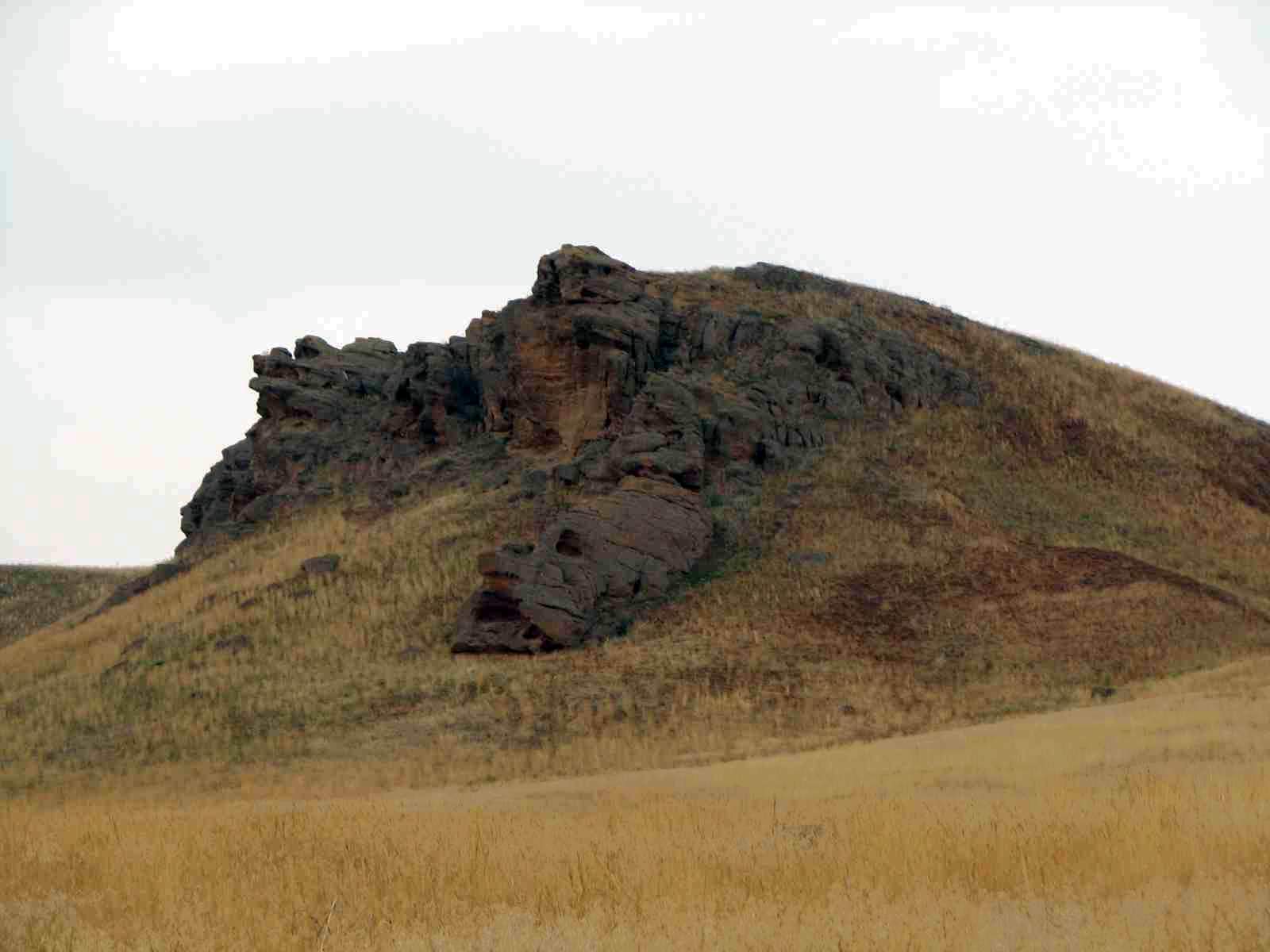
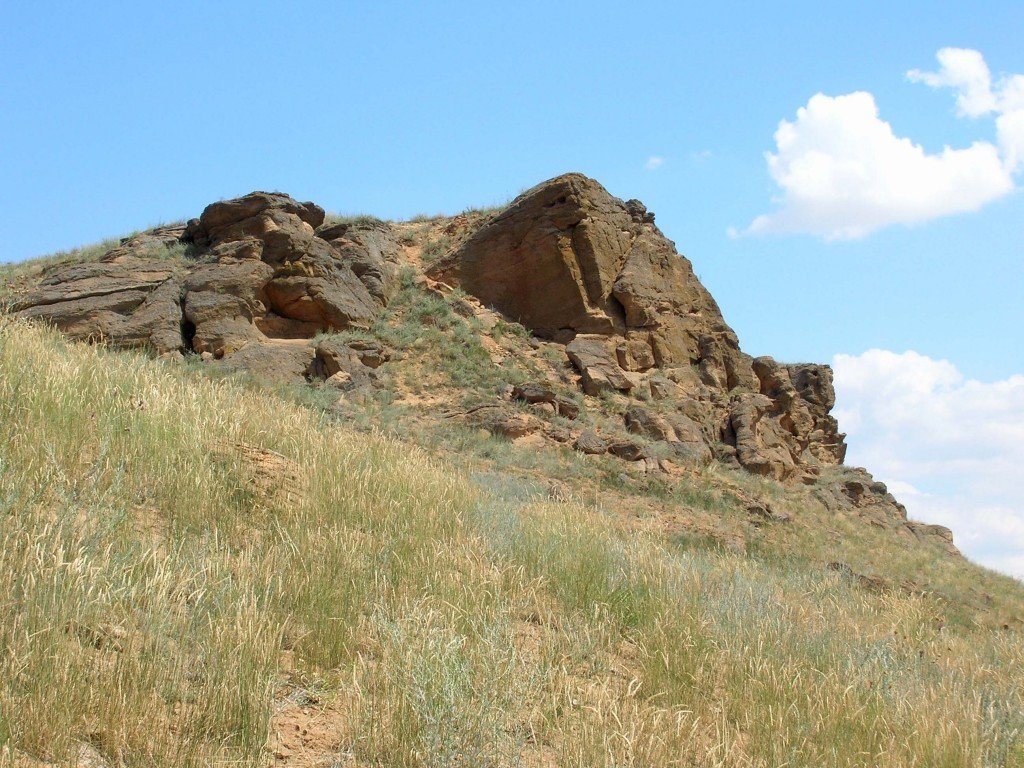

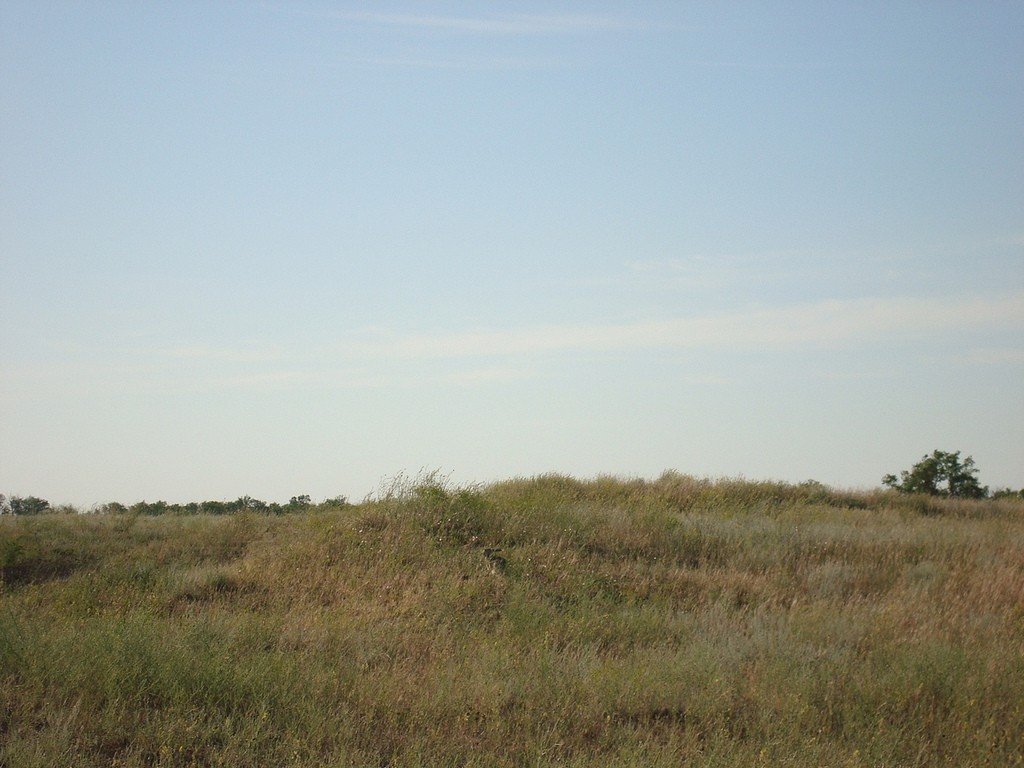
Video: Bogdinsko-Baskunchaksky Reserve
ContentsHighlights
Bird migrations from northern Siberia to wintering grounds occur through the Bogdinsko-Baskunchak Reserve. Most of the near-water and waterfowl birds stop in the valley of the Gorkaya River, where strongly mineralized water flows. The reserve includes Mount Bolshoi Bogdo and the salt lake Baskunchak, from which about 80% of all salt in Russia is extracted.
.The protection zone of the Bogdinsko-Baskunchak Nature Reserve was created in 1993. Four years later, part of the territory was turned into a nature reserve. In addition to Mount Bolshoye Bogdo, the reserve included the Green Garden tract, where artificial forest plantations have been preserved in the waterless steppe, and the Sharbulak tract, rich in karst cavities. Today there are two nature protection areas nearby: a 32.8 thousand hectare wildlife preserve and a nature reserve with an area of 18.5 thousand hectares.
.Bogdinsko-Baskunchaksky Reserve has a rich fauna and flora. It is home to more than two hundred species of birds, including several dozen species listed in the Red Book of Russia. Biologists have repeatedly met nesting grounds of the rare steppe eagle, whooping crane and mounded crane in the protected area. There are 400 species of grasses, lichens and shrubs in the Bogdinsko-Baskunchaksky Reserve. Saiga antelopes migrate through these lands. And on the steppe expanses near the freshwater Lake Karasun one can see wolves hunting.
.
Especially picturesque protected area looks in April, when it blooms bright tulips. From year to year, the spectacle of endless tulip fields attracts many tourists to the Caspian steppes. Two ecological routes have been developed for travelers in the Bogdinsko-Baskunchak reserve.
.Big Bogdo
The steppe upland rises 149.6 meters above sea level and is the highest place in the Caspian Lowland. It stretches for 5 kilometers and in shape resembles a large beast, which laid down to rest by the lake. From the top of Bolshoye Bogdo you can enjoy picturesque views of flowering slopes and small-sized lakes. The only population of small lizards – squeaky geckos – in Russia and Europe has been preserved here.
.
Studies of the mountain began in the late 18th century. They were attended by famous naturalist travelers Samuel Gmelin, Peter Pallas and Ivan Auerbach. Over time, scientists discovered that the foot of the Big Bogdo is located several meters below the sea surface. And as the salt dome pokes out from under the ground, the summit “grows” by 1 mm from year to year.
.On the mountain is very different karst forms of relief – grottos, sinkholes and underground cavities. To date, experts have studied more than 30 caves. Big Baskunchak cave stretches for 1.5 km and is considered one of the largest in the Northern Caspian Sea.
.
The locals honor the mountain as sacred. When the wind blows, mumble-like sounds appear on its slopes. The summit is a pilgrimage site for Buddhists, and the weathered landforms on the southwest side of the mountain are referred to as “Singing Rocks.”
In the southeast of the Bogdinsko-Baskunchak reserve in the picturesque tract of Sharbulak there are also many karst forms. Here, on an area of 20 hectares, 10 caves have been found.
.
Lake Baskunchak
One of the country’s largest drainless salt lakes is often spoken of as Russia’s Dead Sea. When looking at this body of water from afar, it seems to be covered with ice. This is how the protruding layers of salt glisten in the sun.
.The bottom of Lake Baskunchak is so dense that trucks and even railroad trains can easily pass through it. In 1962, a motorist Ilya Tikhomirov managed to accelerate across the lake to a speed of 311 km/h. Then, after the growth of salt production, the surface of the reservoir became unsuitable for driving, so no one was able to repeat this record.
.
There is a lot of healing clay on the shore of the lake, and tourists are allowed to collect it as a souvenir. Local salt and clay are able to cure more than 50 diseases, so not far from the reservoir built a sanatorium-preventorium “Baskunchak.”
Those who come to Bogdinsko-Baskunchak reserve can see how the salt mining takes place. It is a very interesting sight! Railroad cars run on rails laid directly on the surface of the reservoir, and extraction is carried out by special harvesters. Depending on the demand, from 1.5 to 5 million tons of salt are taken from Baskunchak per year.
.Rules for visiting the Bogdinsko-Baskunchak Nature Reserve
Bogdinsko-Baskunchaksky Reserve is an area with limited nature use. To get here as part of an excursion group, it is necessary to notify the administration a week before the trip. The application form should specify the composition of the group, the dates of the excursion and the proposed route of the trip.
.While in the reserve, all tourists are asked to adhere to the rules, compliance with which allows you to avoid harming nature. Travelers are advised not to change the route and not to go off the trails. In the reserve it is not allowed to litter, make noise, tear flowering and medicinal plants, collect other “natural souvenirs”, make fires, cut trees and bushes, as well as leave inscriptions on rocks and in caves.
.A nature museum of the Bogdinsko-Baskunchak Nature Reserve was opened in the village of Nizhny Baskunchak. It is located on the second floor of the Solyannik shopping center and is open from 9 a.m. to 1 p.m. and from 2 p.m. to 6 p.m., except Monday and Tuesday.
.
How to get there
Bogdinsko-Baskunchaksky Reserve is located far from the settled places, near the border with Kazakhstan. It is 300 kilometers away from Astrakhan, 200 kilometers away from Volgograd and 50 kilometers away from the city of Akhtubinsk.
.First you need to get to the station Verkhny Baskunchak by train. From here to the border of the protected area remains 10 km, and they can be traveled by cab or marshrutka. Those who get there by their own car, need to leave it 1 km before the Bogdinsko-Baskunchak Reserve.
.